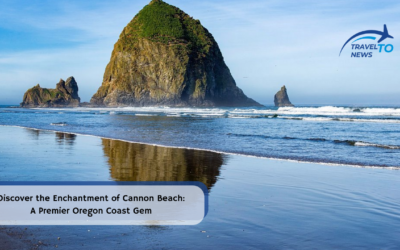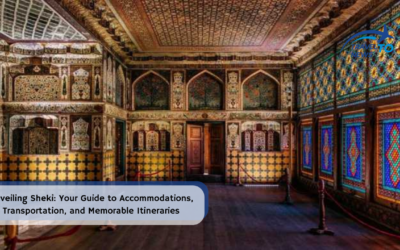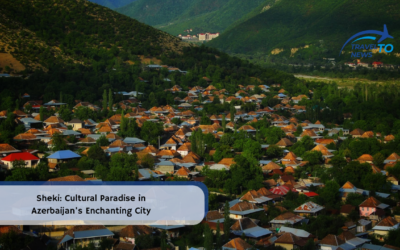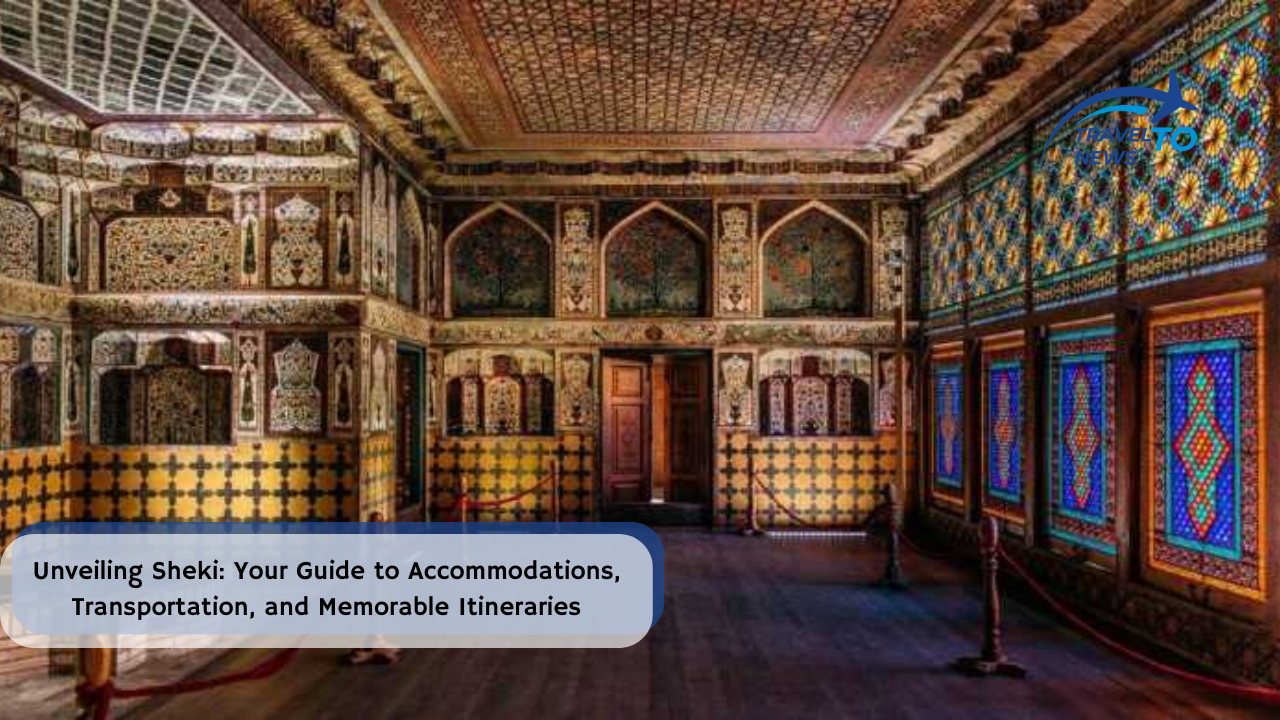Discovering the Magic of Maeshowe: A Prehistoric Marvel in Orkney
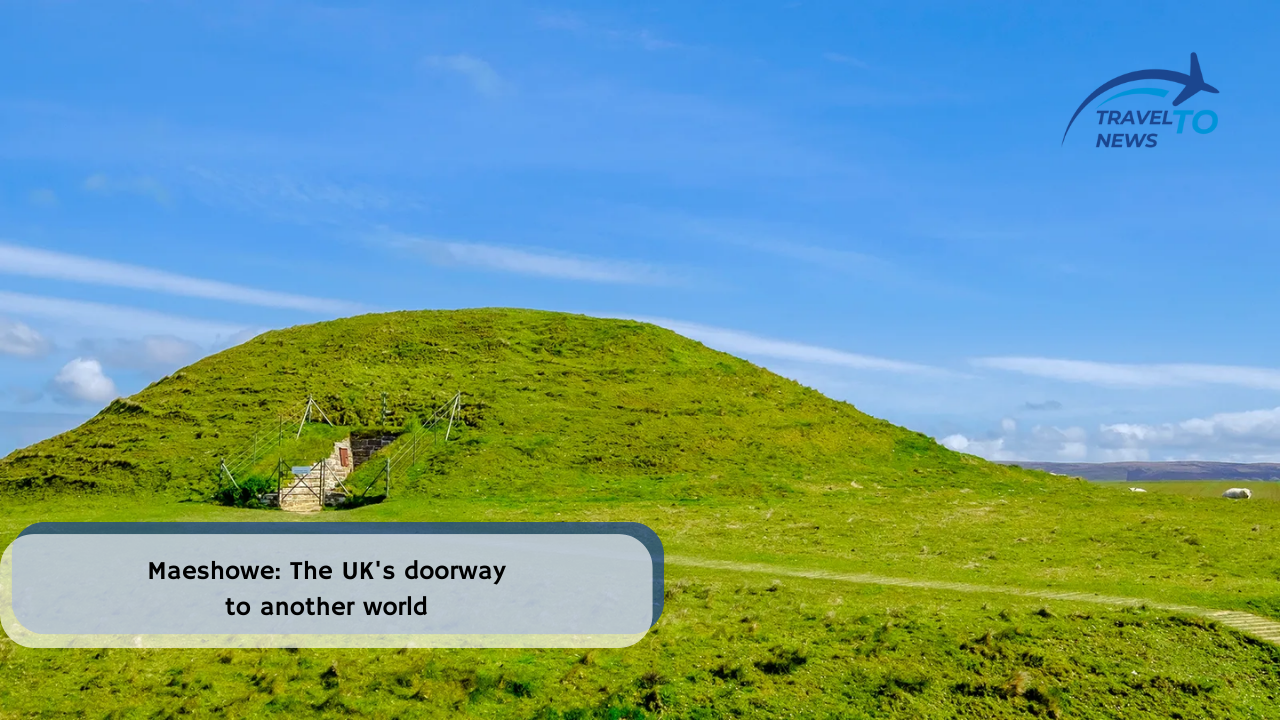
Table of Contents
Delving into Orkney’s Historic Trove
Maeshowe – The Orkney islands, sitting about 10 miles from Scotland’s north-eastern coastline, are a historic wonderland. From the renowned Neolithic settlement of Skara Brae to the alluring stone circle of Ring of Brodgar – these places are packed with ancient mysteries. However, my visit to another notable prehistoric site of Orkney, the Maeshowe tomb, was a bit understated initially. The site seemed like a green mound, ordinary and surrounded by a trench.

Maeshowe: A Remarkable Ancient Masterpiece
Despite its seemingly plain look, this burial mound, established 5,000 years ago, is a spectacular example of prehistoric design and engineering, clearly reflecting the brilliance of Orkney’s ancient inhabitants. Particularly around the weeks surrounding the winter solstice (21st or 22nd December each year), visitors can witness a spellbinding spectacle here.
The Maeshowe Phenomenon at Winter Solstice
During these solstice weeks, the tomb’s narrow entryway turns into more than just a passageway. It was purposefully designed to line up with the setting sun during midwinter. As the final sun rays start to fade – approximately around 15:10 during midwinter’s peak darkness – a beam of light gradually ventures down the passage, slides over the tomb floor, and illuminates the back wall, resembling a radiant, golden portal to another universe.
Unveiling The Significance of Maeshowe
“The winter solstice is a critical period, and Maeshowe symbolizes countless hours of arduous labor,” said monument manager Phil Hopkins. Maeshowe would have aided ancient locals in coping with severe winters. With nearly 18 hours of darkness a day, the captivating sight of the transformed black tomb would have reassured inhabitants of the upcoming lengthier days, sharing the promise of earth’s revival in spring along with a possible hint at eternal life elsewhere.
Maeshowe’s Enchanting Experience
“Experiencing this is deeply moving, and it doesn’t require your disbelief’s suspension. It reminds you that you’re existing in a constantly turning world,” added Hopkins. Ellie Shiel has been a steward at Maeshowe for 17 years. Her repeated exposure to the winter solstice phenomenon at Maeshowe has only amplified her intrigue, with each encounter unveiling different intensities and aspects of sunlight hitting the tomb walls.
Unraveling the Construction Secrets of Maeshowe
Maeshowe, one of the best-preserved Neolithic structures in north-west Europe, bears a construction secret that will probably never be fully uncovered. The tomb features a 10-meter long entrance lined with massive stone slabs. The central square chamber, about 5 meters across, draws immediate attention to the enormous standing stones in each corner. The challenge of transporting these enormous stones, possibly even up to three miles, testifies the incredible effort and determination behind the site’s creation, especially with the likely primitive tools, probably fashioned from antlers, at their disposal.

Puzzling Theories Surrounding Maeshowe
Several theories about Maeshowe’s purpose hover around with most historians and archaeologists suggesting it was either an astronomical observatory or a religious and ritualistic center. Moreover, Shiel offers a unique perspective, believing Maeshowe was constructed to foster a sense of community, implying the importance of strong bonds and mutual aid in the harsh conditions of living back then.
Connecting the Times Past and Present
Shiel’s perspective aligns with the timeless role Maeshowe plays, connecting our modern lives with a significant artifact from our ancient past. Seeing the sun’s rays flooding the dark tomb stirs a feeling of solace, easing the reflective mood traditionally associated with the year’s end and casting a light on our existence, just as it did for our ancestors 5,000 years ago.


